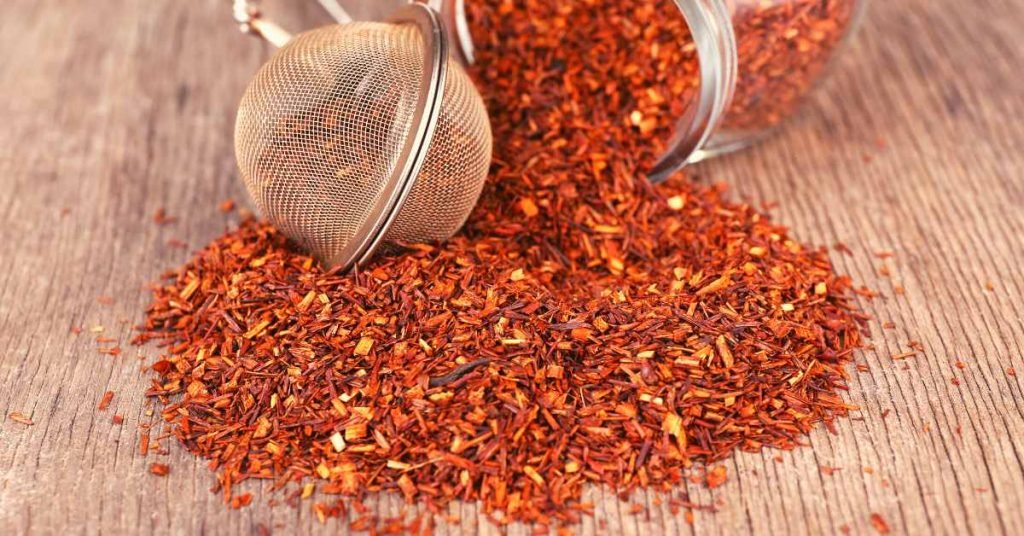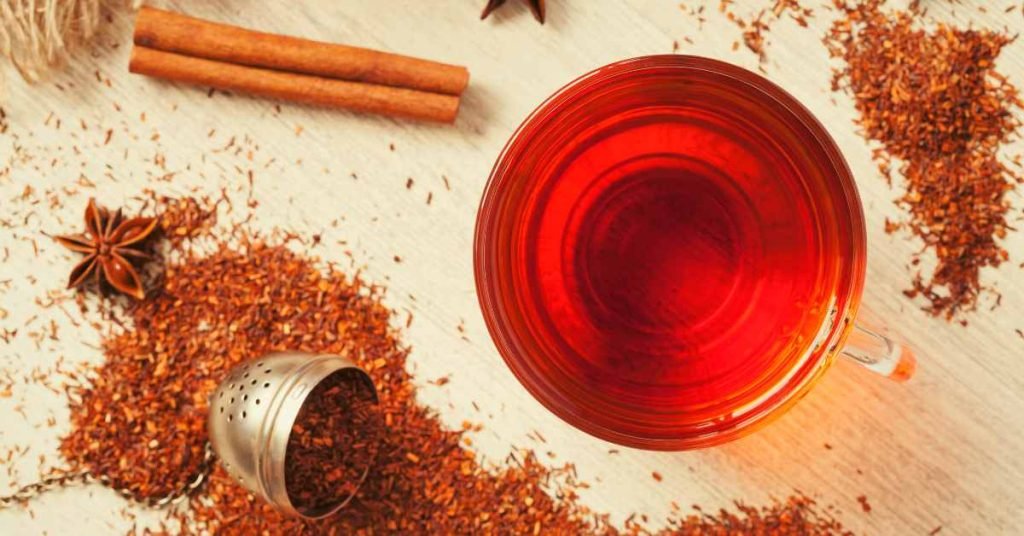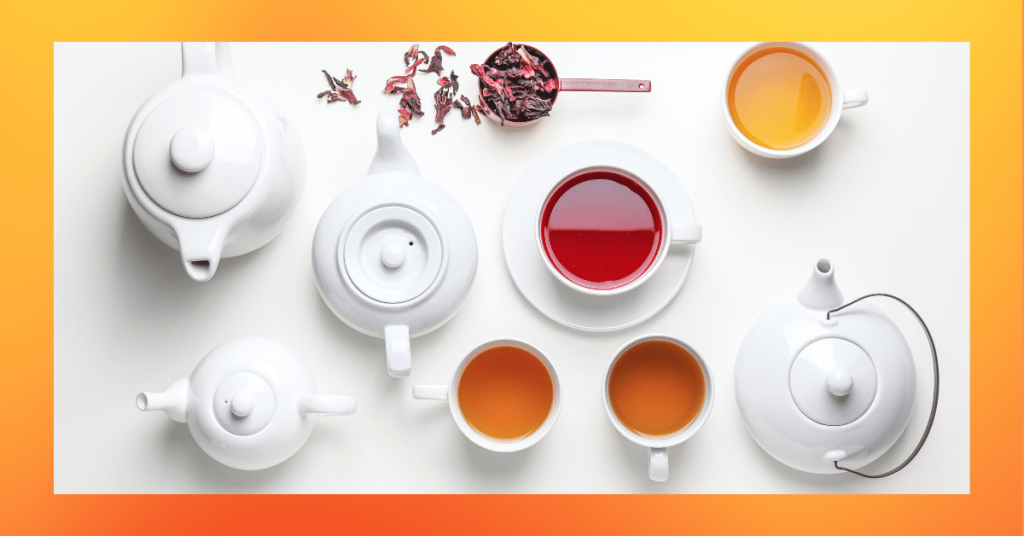South Africa consumes 1.8 lb of tea per capita per year.
The vibrant country has more biodiversity than the Amazon rainforest, including the large production of Rooibos tea.
South Africans add tea leaves to anything from facial creams to ice cream.
History of Tea in South Africa

The first trading accounts between multiple African countries and China date from the 14th century, however, the official records claim that tea was introduced to South Africa by Dutch and Portuguese traders around the 1600s.
After being introduced to South Africa, the Camelia Sinensis tea plant found its new home in the South African plantations.
The production of Green, Black, and White tea made South Africa one of the main tea exporters for Europe back in the day.
Centuries later, Rooibos tea plants came to South Africa, and now this tea is the most common you’ll find in the country.
Tea Culture of South Africa
South African people drink 3-4 cups of pure Rooibos tea per day.
Around 40% of them prefer the natural sweetness of the tea without adding sugar to it.
Rooibos tea is much more than a breakfast beverage, it’s rather a symbol of unity, family, and friendship.
Some people find its woody undertones relaxing while enjoying a cup of warm Rooibos around bedtime.

The majority in South Africa prefers tea over coffee, so it’s common to see a group of friends enjoying a cup of tea in the local cafes.
Some people prefer a splash of milk, honey, a slice of lime, lemon, or orange, and even ginger as an addition to their tea.
The “Red Bush” (Rooibos) tea of South Africa is a loose-leaf delicacy produced on the local organic tea farms.
MEDICAL DISCLAIMER
Itsnevernotteatime.com cannot and does not contain medical/health advice. The medical/health information is provided for general and educational purposes only and is not a substitute for professional advice.




